4 Sales Tech Tools That Easily Integrate with Proposal Software
Published: July 21, 2020Updated: December 20, 2024

One out of every four salespeople say connecting their sales tools is the most frustrating aspect of using their tech stack. Here's how integrations link the sales tools your team already uses—like Salesforce, Stripe, and Slack—with proposal software for better tracking, invoicing, collaboration, project management, and more.
You’ve probably seen this overwhelming look at the sales tech landscape:
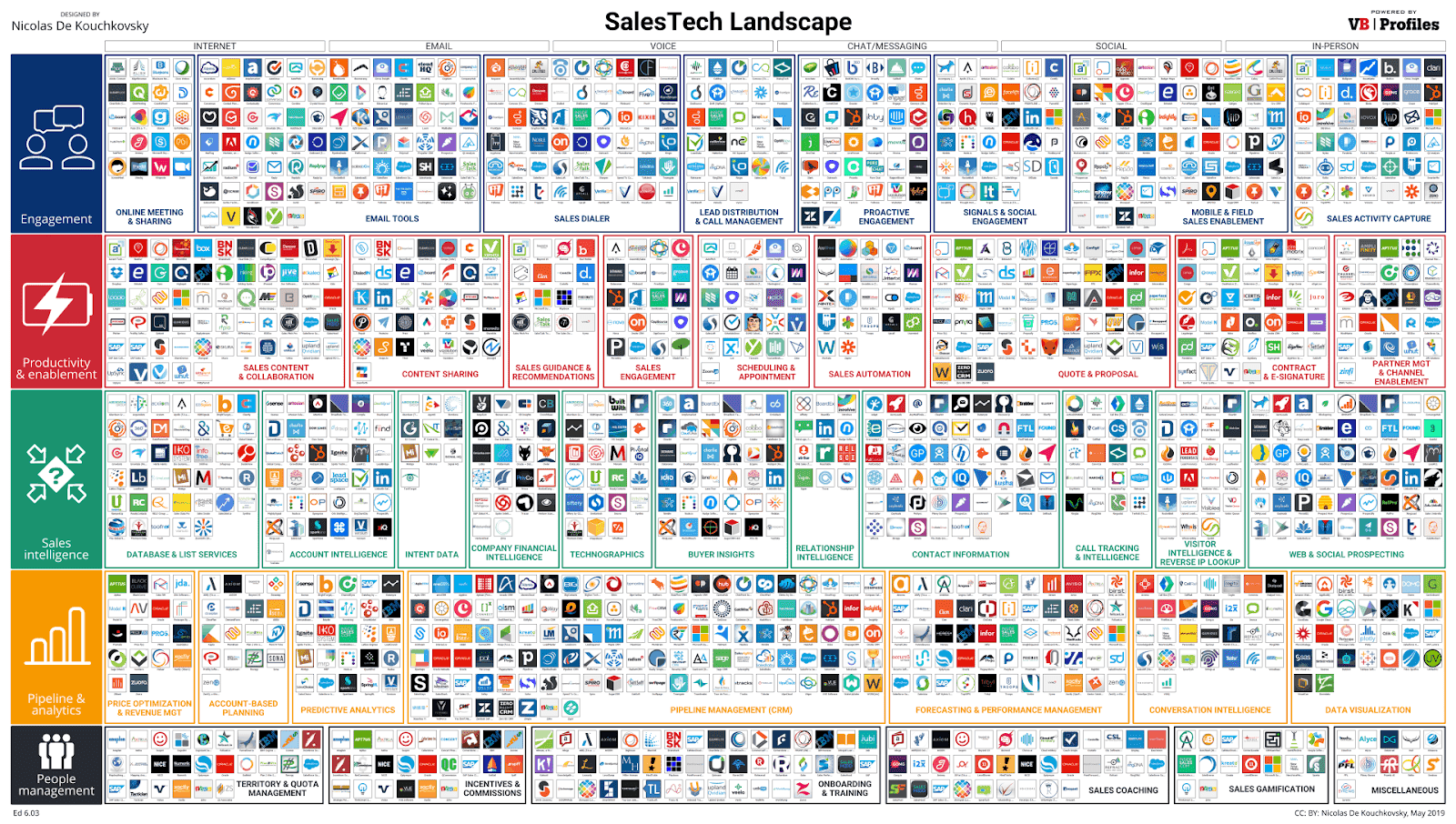
Click the image to view a full-size version.
Yup, that’s hundreds of logos representing a vast archipelago of software tools that help sales teams with everything from engagement and emails to pipeline and productivity. Since most teams have about nine of these tools in their sales tech stack, how do you keep each of them from becoming an island of inefficiency?
In his Sales Hacker post, the creator of that infamous image, Nicolas Kouchkovsky, writes about his three rules for designing an efficient and effective sales tech stack in a world with an abundance of choice:
“Your design should first reflect your sales methodology and process.
Second, and alas often forgotten, your sales stack needs to be built around your sales reps’ workflow, looking at what intelligence can be added and what steps can be automated.
Last but not least, it needs to factor data.”
So, by his logic, the problem with sales tech stacks today isn’t necessarily too many tools. It’s too many tools that bloat your sales processes, bottleneck your workflow, or bar your team from easily sharing vital deal details with the people and apps that need them. There must be a better way to connect all your sales tools, from prospecting to proposals to close.
Enter integrations, the best way to make sure that your tech tools are all talking to each other. That’s exactly what these most popular Proposify integrations do. They combine proposal software with the sales tools your team already uses for better writing, tracking, invoicing, collaboration, proposal management, and more.
I’m going to show you how nine of the most popular Proposify integrations in four key sales tool categories (CRM, payments and accounting, project management, and collaboration) get it done:
The state of proposals has changed.
So we updated our State of Proposals report. Discover how sales teams are finding ways to adapt and win in the time of COVID-19.
I'd like the report!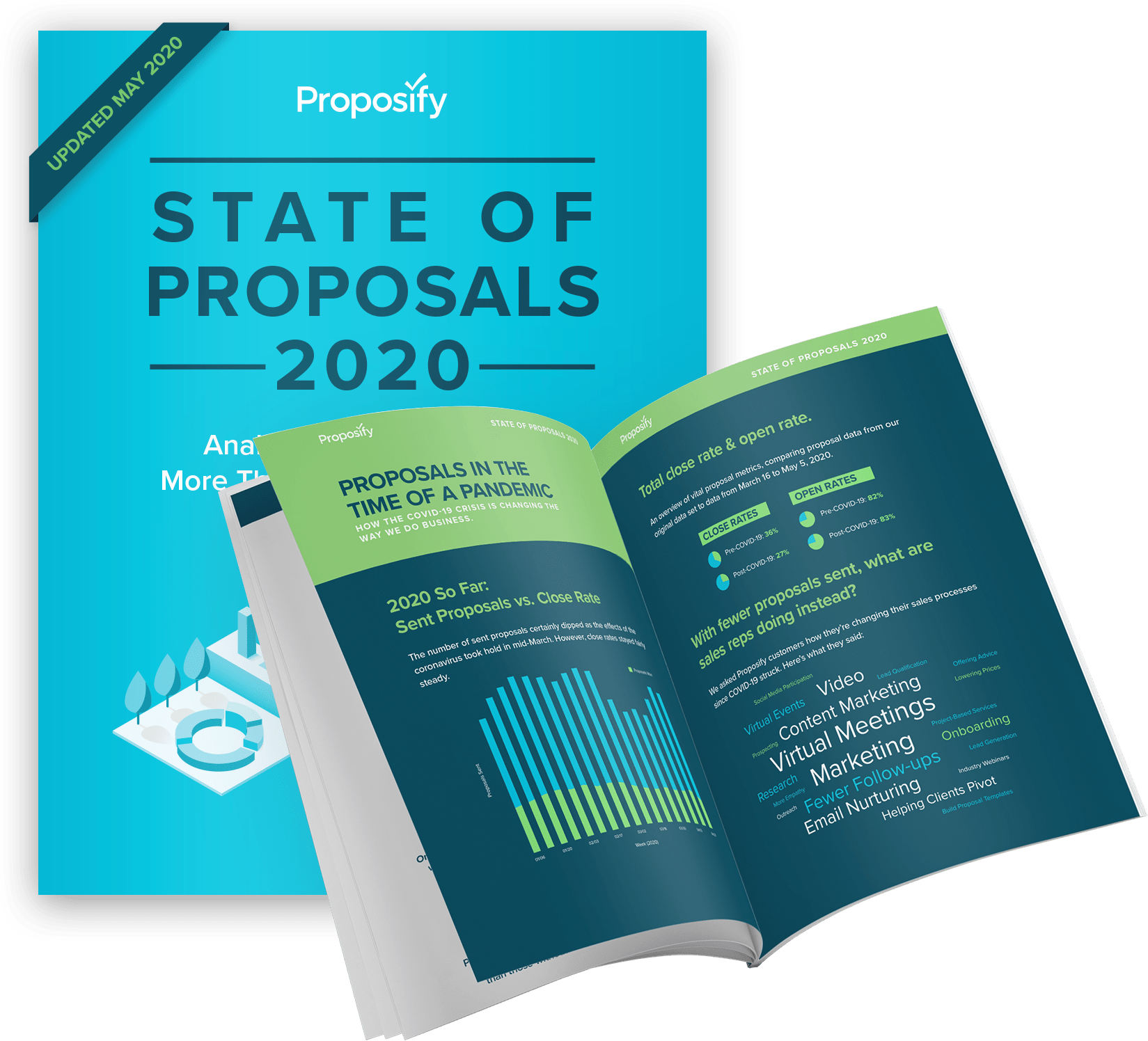
Proposify CRM integrations
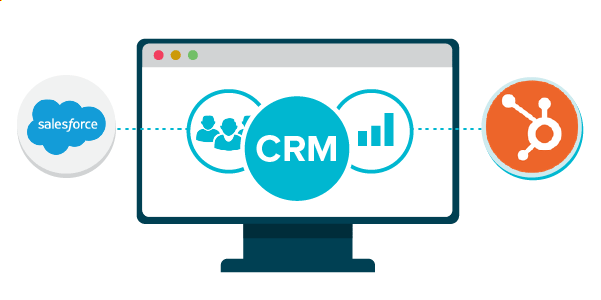
What’s better than software that talks to one another? Tools that fit together seamlessly.
According to a HubSpot survey, 72% of salespeople spend up to an hour a day on data entry and connecting records from different sales tools. But if they’re using proposal software, salespeople don’t even have to leave your CRM to manage their sales documents. Here’s how.
Salesforce
With the Proposify Salesforce integration, you can create sales documents and track important deal details, like value, stage, owner, and contacts, directly from the opportunity. And you can maintain Salesforce as your single source of sales truth by importing pricing into proposal fee tables, mapping custom fields onto Proposify fields to quickly pull in details, and keeping everything up-to-date with data syncing between the two apps.
“The integration with Salesforce was one of the main reasons we decided to go with Proposify. The ability to pull opportunities was huge... and the ease of auto-populated variables just made everything a lot smoother than the other options we were considering.”
— Katasha Kumar, Sales Operations Manager at Dimensional Innovations
Hubspot
If you use the HubSpot CRM, your team can create and edit proposals directly from their HubSpot deals. The Proposify integration also allows you to share contacts between platforms and monitor proposal activity in your HubSpot timeline, including team comments, proposal stages, and deals won.
Proposify payment and accounting integrations
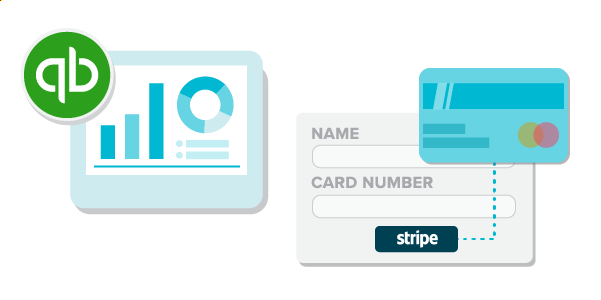
Invoicing and payments are usually afterthoughts in the sales process. But automating parts of the payment process within your proposal process means better cash flow, fast. Plus, in industries like SaaS and event services, a payment option within the proposal makes it up to 90% more likely to close. Here’s how you can get paid with integrations.
Stripe
You can use the Stripe integration to request payment from clients right in your proposals. Making a Stripe payment is quick and easy for clients—all they need to do is enter their credit card details.
Set an upfront payment percentage across all new proposals, or set different payment amounts for each individual proposal. Once your client has signed your proposal, they will be prompted to make the specified payment amount right then and there.
“Most of our clients are out in the field in their trucks with their iPhones or iPads. The ability for them to be out there and get the proposal with the Stripe integration and click on it and say, ‘OK, we need that 800 feet of rental fence later today. Bring it on out, we've paid.’ is of considerable value to us.”
— Mark Dunn, Bid Manager at Rio Grande Fence Co.
QuickBooks
The QuickBooks integration with Proposify allows you to automatically generate a QuickBooks invoice using your pricing table when your client accepts your proposal. You can choose the percent of the proposal total to be invoiced, set an invoice due date, and add any notes to your invoice.
Proposify project management integrations
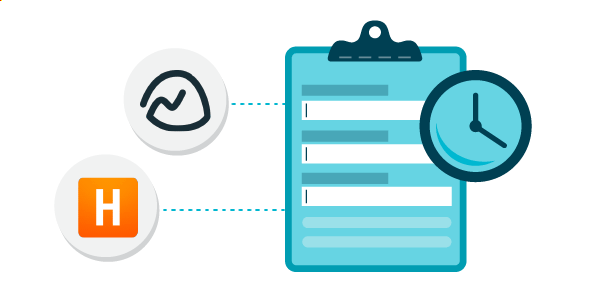
You want the project kick-off to go smoothly for your client and that starts with proper organization on your side. Using proposal software means your proposal can include interactive features like client forms to capture the details you need to get the project started without extra back-and-forth.
(Also, our data shows that proposals with forms like these also close 65% faster. Just sayin’.)
Then you can integrate with the project management tools your fulfillment team already uses to share deal details and get projects started quickly and accurately. Let’s look at how that all happens with two popular project management integrations.
“We finally started to use our CRM in a meaningful way thanks to the Proposify integration with our CRM and the tons of possibilities it offers… for example, opening a project in our project management system upon a proposal winning.”
— Guillaume B., Digital Marketing and Innovation Manager
Basecamp
When your proposal is accepted by your client, you can automatically generate a project in Basecamp via the integration and upload the PDF to your file section. We'll also give you the option to automatically invite your teammates and clients into the project.
Harvest
The Harvest integration lets you automatically generate both invoices and projects. Create a Harvest invoice using your pricing table when your client accepts your proposal and choose the percent of the proposal total you’d like to invoice and set a due date. You can also create a Harvest project associated with your proposal right in Proposify.
Proposify collaboration integrations

Eight out of 10 businesses use social collaboration tools to enhance their business processes. However, more than half of those who implemented collaboration tools experienced challenges while working with them.
What you really want out of your collaboration tools is easy visibility into your projects and your proposal pipeline. Let’s look at how you can do that by integrating Trello, Monday.com, and Slack using Zapier.
Slack
This Slack integration automatically shares updates about activities around your Proposify proposals. For example, it can send a Slack message whenever a proposal is viewed, won, or lost,.
“I’ve got full visibility of any deal that’s created in Proposify. My team will ask, ‘How did you know I just created a £40,000 opportunity?’ Well, [Proposify] just Slacked me as I’m driving home.”
— Mike Watson, Sales Director at Orlo
Trello
Create a new Trello board, add and update cards, and add and update checklists in a card based on your proposal activity.
Monday.com
Not only can you create a Monday.com board and add new items to it, but you can also integrate with Monday.com to create a new client or proposal in Proposify.
Don’t be a sales tech stack statistic
Did you know that 27% of salespeople say connecting their sales tools is the most frustrating aspect of using multiple tools? Your sales team doesn’t have to be part of that statistic. Make the tools you have work harder for you by integrating them with your proposal software.


